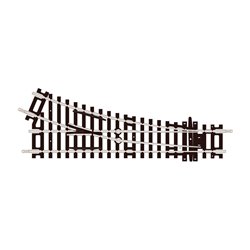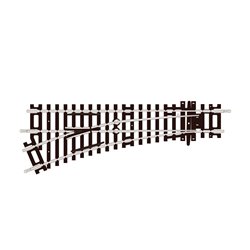Static grass puffer bottles work by manually charging model grass fibres with static electricity. When the charged...
No products
Product successfully added to your shopping cart
There are 0 items in your cart. There is 1 item in your cart.
Search Tips
What is a headshunt and where would I install one on a layout ?
A headshunt, also known as a head siding, is a short section of track that is used for storing and manoeuvring locomotives or rolling stock. It is typically located at the end of a mainline or branch line, near a station or yard. The purpose of a headshunt is to allow trains to be moved out of the way of the mainline so that other trains can pass.
To install a headshunt on a layout, allocate a small area of track that is separate from the mainline. This can be done by adding a short siding or spur track that branches off from the mainline. The length of the headshunt will depend on the size and configuration of the layout and the length of the trains that the Modellers plan to run. Ideally, it should be long enough to accommodate at least one locomotive and a few cars.
When designing the layout, it is important to consider the location of the headshunt in relation to other elements of the layout. It should be positioned in a way that allows easy access for switching operations and does not interfere with the flow of other trains. Additionally, a turnout or point will need to be included at the entrance of the headshunt, so that trains can be directed onto the siding.
Installing a headshunt can provide added realism and operational interest to a layout. It allows a modeller to simulate the movement of trains in a more realistic manner, as they can be stored or rearranged in the head shunt before continuing their journey.
Click here to receive the tips weekly in your mailbox. You can unsubscribe at any time.










